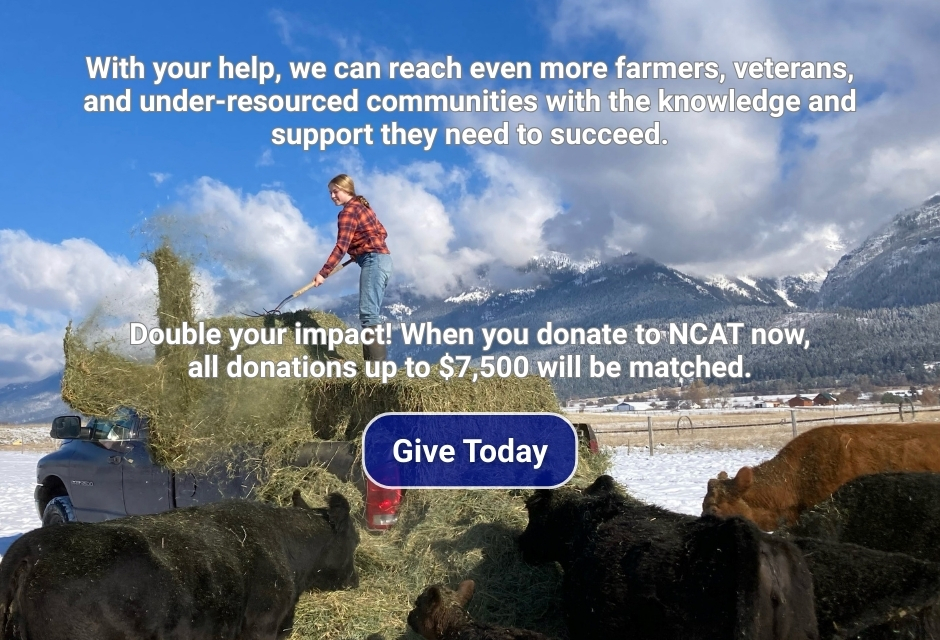The Legacy and Future of Small Farms
 Print This Post
Print This Post
By Mike Lewis, NCAT Senior Manager, Southeast and Appalachia Region
In the past century, the number of farmers in the U.S. has declined dramatically. Small farms, once the heart and soul of rural America, have been squeezed out by a system that prioritizes economies of scale over community well-being. Consolidation of land and resources has made it nearly impossible for smaller operations to compete. The result has been more than a loss of livelihoods; it has been a profound loss of identity for countless communities across the country.
This loss runs deeper than economics. For generations, small farms were not just places of work—they were centers of life. They anchored rural towns, fostered innovation, and built tight-knit networks of support and resilience. Farmers leaned on one another, sharing tools, wisdom, and stories passed down through the ages. In many ways, these farms were the lifeblood of rural culture, a thread connecting people to one another and to the land itself. Their decline has left more than empty barns and overgrown fields; it has unraveled the social fabric of communities, leaving schools closed, main streets empty, and once-thriving towns struggling to survive.
The impact on community well-being is stark and far-reaching. The loss of small farms means the loss of shared traditions—harvest festivals, barn raisings, and local markets where neighbors gathered not just to trade goods, but to build relationships. These were places where stories were told, problems were solved, and hope was renewed. Without them, rural communities have seen an increase in isolation, the erosion of mutual support, and the hollowing out of institutions that once brought people together.
Equally devastating is the fading connection between people and the land. Small farms represented more than just a way to earn a living; they embodied a way of life that valued stewardship, humility, and a deep respect for the natural world. This relationship, cultivated over generations, has been lost for many, replaced by a sense of disconnection from the land that once fed, healed, and sustained entire communities.
But this story is not over. Beneath the surface of these struggles lies a quiet determination. Rural people understand what’s at stake—their heritage, their livelihoods, and their future. And amidst the hardships, there are glimmers of hope: farmers working together to reclaim their role as stewards of the land, young people returning to agriculture with a vision of sustainability, and communities fighting to preserve what remains of their unique way of life.
By supporting small-scale farmers, whether they’ve been farming for generations, or whether they are new to the profession, we can honor the legacy of small farmers, protect the land, and rebuild the resilience of rural communities. Every purchase at a local farmers market, every voice raised for fair agricultural policies, and every effort to connect with the origins of our food helps ensure a future where small farms thrive once again.
The time to act is now. The values of small farms—stewardship, care, and community—are not just relics of the past but guiding lights for a sustainable future. Together, we can cultivate a world where rural communities flourish, the land is cherished, and every field tells a story of hope and renewal. Let us choose to support the farmers who are working to build this better tomorrow, one seed, one harvest, and one community at a time.

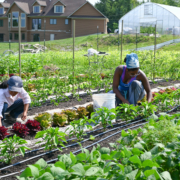

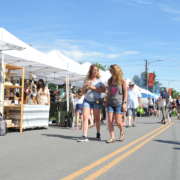 ncat
ncat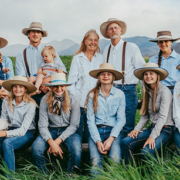
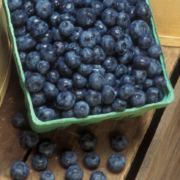
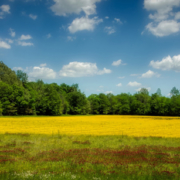

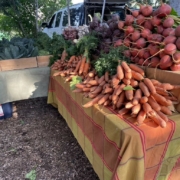
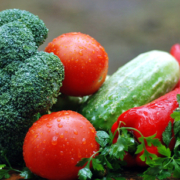

 CAST
CAST